Search
Did you mean: Xois?
Search Results
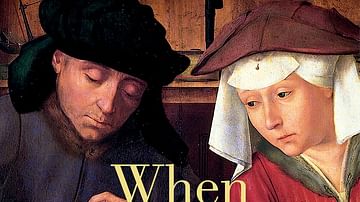
Interview
Interview: When Money Talks by Frank Holt
Join World History Encyclopedia as they talk to Frank Holt about his new book When Money Talks: A History of Coins and Numismatics published by Oxford University Press. Kelly (WHE): Thank you so much for joining me today. Do you want to...

Definition
Roman Coinage
Roman coins were first produced in the late 4th century BCE in Italy and continued to be minted for another eight centuries across the empire. Denominations and values more or less constantly changed but certain types such as the sestertii...
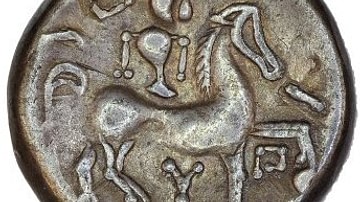
Definition
Celtic Coinage
The coinage of the ancient Celts, minted from the early 3rd century BCE to the 1st century CE, at first imitated Greek and then Roman coins. Celtic engravers then soon developed their own unique style, creating distinctive coins with depictions...
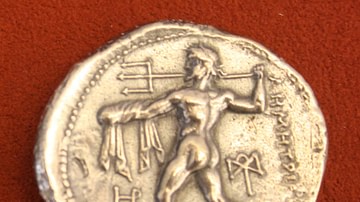
Image Gallery
A Gallery of 40 Coins Through History
Coins have been in use since their creation in ancient Lydia in the early 6th century BCE. Stamped by the state to guarantee value and be recognisable as genuine, coins allowed goods and services to be bought without the necessity of barter...
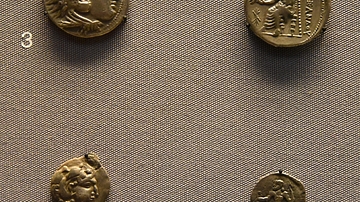
Image
Coins from Macedonia and Sogdia Copying Alexander's Coinage
The State of Sogdia was conquered by the army of Alexander the Great in 327 BCE. The early coins from Sogdia copy the coins of Alexander's Empire, telling us that they were issued after the conquest. Comparisons like this allow ancient coins...
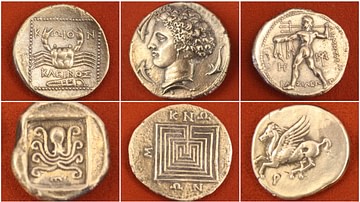
Definition
Ancient Greek Coinage
The coinage of ancient Greece has given us some of the most recognisable images from antiquity as they were stamped with designs to proudly declare the identity of the city which minted them and guarantee their value. One of the great archaeological...
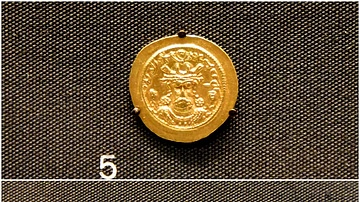
Image
Coins of Kosrau I
These coins show the Sassanian "King of Kings" Kosrau I (aka Khosrow I), reigned 531-579 CE. He wears and holds a royal headband (diadem) as a symbol of kingship. Elements of earlier coins, such as the star and moon, are also incorporated...
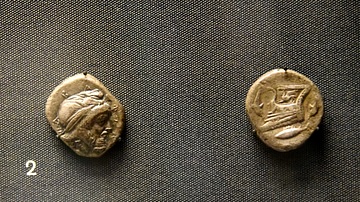
Image
Coins Depicting a Persian Satrap
In the Persian Empire, some regional governors (satraps) were authorized to issue coins for military purposes. They combine Persian and Greek imagery, showing a strap's head and a local reverse image. These are some of the earliest coin portraits...
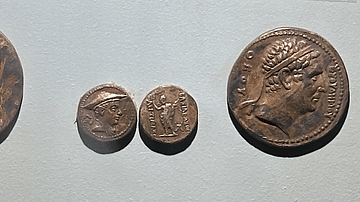
Image
Coins of Antimachus I Theos
Coins of Antimachus I Theos, 185-170 BCE.
Peshawar Museum, Pakistan.
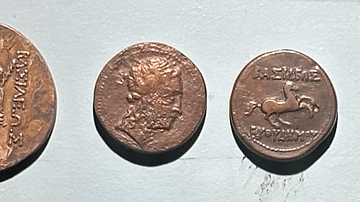
Image
Coins of Euthydemus II
Coins of Euthydemus II, early 2nd century BCE.
Peshawar Museum, Pakistan.